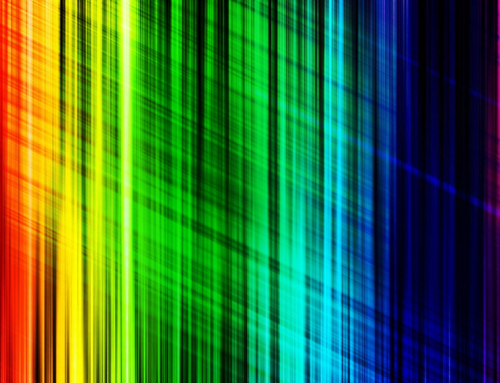Good graphic designers understand how to use visual elements and colour to inspire the right brain and text to stimulate the left brain of their audience. Although the world of design has become quite complex over the years, colour and typography continue to represent the most important elements in design. Colour impacts the attractive abilities of the design and helps to establish powerful brand identities.
DO Learn the Colour Wheel
All colours start from some combination of the three primary colours: yellow, red and blue. The first combination of the primaries creates the secondary colours: green, purple and orange. The tertiary colours then arise from a combination of each secondary colour and its neighbouring primary colour. These six colours are red-orange, red-purple, blue-purple, blue-green, yellow-green and yellow-orange. All of these colours can be found in the basic 12-colour wheel that most people are most familiar with.
Each colour has a variety of different features that make it unique. Temperature is one of the more prominent features of colour. While reds and yellows portray a warmer temperature, blues and purples are cooler by nature. Intensity, or saturation, also plays a major role in colour wheel theory. Saturation is determined by the amount of grey a colour incorporates. Intensely saturated colours are bright and vivid, while lightly saturated colours are subdued and soft. The value of a colour is also important. A colour’s value is dependent upon lightness or darkness of the hue.
DON’T Skip the Colour Wheel Rules
The first basic colour wheel rule deals with differences in values and intensities. When a colour is combined with similar colours of different values or intensities, it creates a colour scheme called monochromatic.
An analogous colour scheme is created when three neighbouring colours on the colour wheel are used together. These three neighbours are harmonious because the share the same undertones. Adding another neighbouring colour will create more power and emphasis within the design.
Complementary colour schemes work under the old “opposites attract” idea. They utilise opposite hues on the colour wheel. These opposites work well together as a pair. Cool colours have warm complements.
DO Understand Colour Psychology
Although different people have different perceptions of colour, all humans see warm hues before cool hues. Colour psychology is extremely important to the effective use of colour in any design.
- Red: Aggressive and stimulating, impossible to ignore
- Pink: Depends on its saturation and value, can be sensual and theatrical or romantic and gentle
- Orange: Stimulating and friendly, radiates warmth and life
- Yellow: friendly and striking, extremely striking when combined with black
- Brown: wholesome, rich, rustic, earthy, stable
- Blue: dependable, calm, serene, darker blues add credibility and power
- Green: natural, life-giving, serene, neutral when used in natural designs
- Purple: Complex, royal, spiritual, mysterious, daring, creative
- White: Pure, simple, clear, bright, contrasts well with all other colours
- Black: dramatic, powerful, classic, elegant, contrasting
DON’T Stop Experimenting with Colour Combinations
Even the most forbidden colour combinations can work in the right situation. There are many different tools and applications available online to help you choose the right colour scheme for your project. Don’t be afraid to try new combinations, you may be surprised what works well in your design!


Leave A Comment
You must be logged in to post a comment.